Natural Beauty of Kavir National Park in Iran
Kavir National Park, nestled in the heart of Iran, stands as a testament to the country's remarkable natural heritage.
Encompassing vast expanses primarily in Garmsar city of Semnan province, with smaller portions in Tehran, Qom, and Isfahan provinces, Kavir National Park is an ancient and expansive protected area spanning over several hundred thousand hectares.
This natural reserve has become a crucial refuge for various species, including the elusive Asiatic cheetah, and a multitude of other desert-dwelling animals. Beyond its biological importance, Kavir National Park serves as a living laboratory, offering researchers and conservationists a priceless opportunity to study and protect Iran's natural ecosystems.
basically, Kavir National Park stands as a testament to the country's commitment to preserving its ecological wealth, offering visitors a chance to witness the splendor of a pristine desert landscape while contributing to its conservation.
Geographical Wonders of Kavir National Park
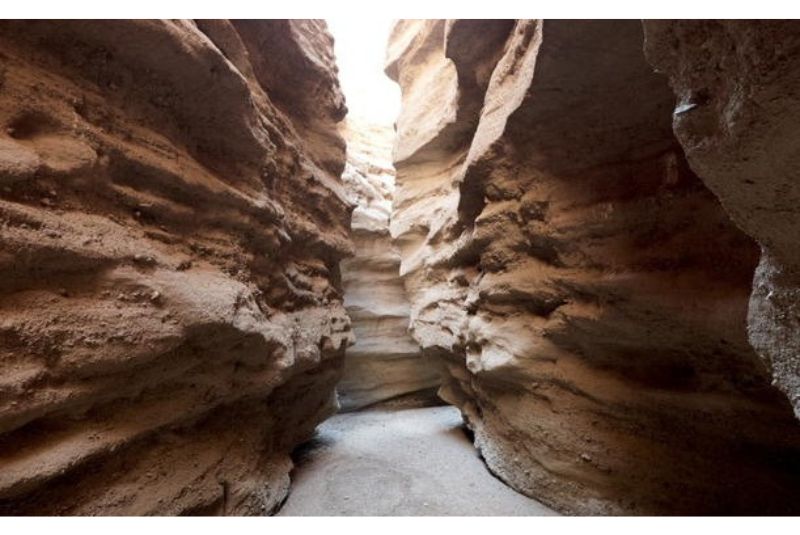
Nestled within the arid expanses of Iran, Kavir National Park presents a tapestry of diverse geographical features, each contributing to its unparalleled allure. Sprawling across Garmsar city in Semnan province and stretching into Tehran, Qom, and Isfahan provinces, the park boasts a vastness that's as impressive as it is diverse.
The Majestic Salt Lake
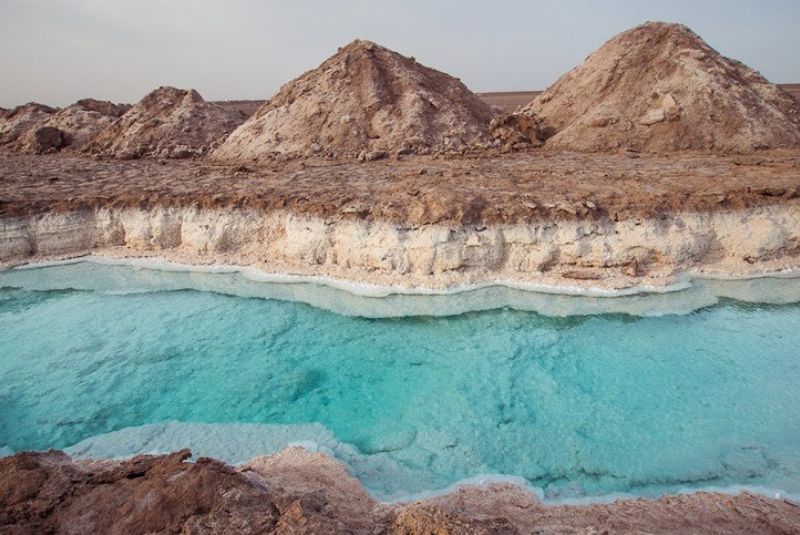
At the heart of Kavir National Park lies the awe-inspiring Salt Lake, a prominent feature that marks the western border of the reserve. This triangular-shaped lake, sprawling across approximately 2500 square kilometers, presents an otherworldly sight, especially during sunset when its salty waters shimmer against the silhouette of the Siah Kouh peak. While the lake itself hosts no aquatic life due to its extreme salinity, it serves as a crucial catchment area for numerous rivers in central Iran, fostering the growth of surrounding swamps and attracting migratory birds during winters.
| Suggestion: Top Natural Attractions of Iran
The Varied Topography of the Park

What truly distinguishes Kavir National Park is its varied topography. From vast deserts that stretch into the horizon to the gentle slopes of steppes and the rugged peaks of mountains, the park embodies a striking diversity of landscapes. Visitors can explore the serene beauty of deserts interspersed with pockets of vibrant flora, traverse through expansive steppes, and marvel at the imposing presence of mountain ranges like the Merikhi Hills.
Historical Landmarks of Kavir National Park

Amidst these natural wonders lie remarkable landmarks that add historical depth to the park. The Deyre Gachin Caravanserai, a relic from the Sasanid era, and the Merikhi Hills, rising stoically from the desert expanse, stand as testaments to the park's historical significance. These landmarks not only accentuate the park's scenic beauty but also offer glimpses into Iran's rich cultural past.
For visitors seeking to explore the wonders of Kavir National Park, a detailed Kavir national park map becomes an indispensable tool, guiding adventurers through its vast and captivating terrain, unlocking the secrets hidden within its diverse geographical features.
| Learn more: Iran's Four Seasons
Flora and Fauna of Kavir National Park
Nestled within the arid landscapes of Iran, Kavir National Park emerges as a haven for an incredible tapestry of life, showcasing the resilience and remarkable biodiversity thriving within its expanse. This sanctuary shelters an astounding array of creatures, perfectly adapted to endure the rigors of the desert environment.
The Critically Endangered Big Cats: Asiatic Cheetah
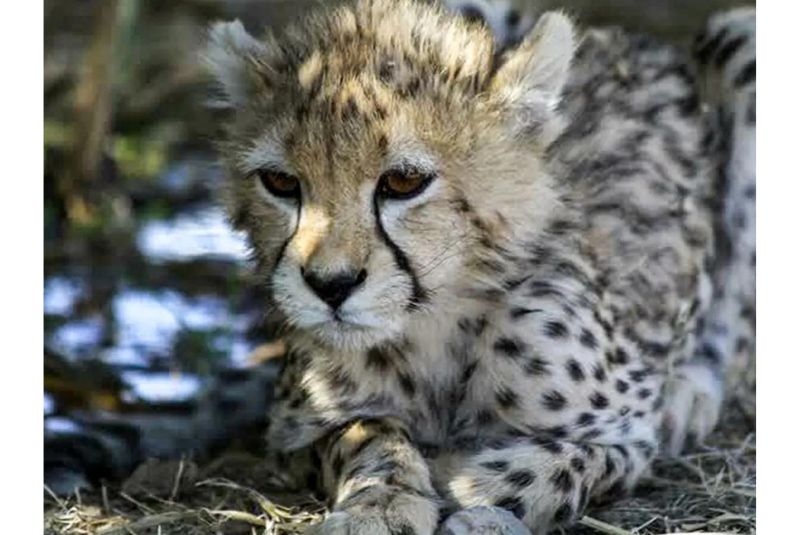
Among the most iconic but critically endangered species are the Asiatic cheetah. These majestic big cats once roamed more abundantly but now find refuge in the park, contributing to global conservation efforts to protect their dwindling populations. Their presence here symbolizes the park's significance in safeguarding these majestic creatures.
The Diverse Mammals of the Park

Alongside the critically endangered Asiatic cheetah, the park is home to various other fascinating animals. Among these are wolves, striped hyenas, sand cats, red foxes, Rüppell's foxes, jackals, caracals, and the elusive goitered gazelle. While the Persian zebra, once abundant in the park, has sadly disappeared, the Chinkara, a smaller gazelle species, thrives here, boasting possibly the largest population in all of Iran.
| Read more: Iran's Wildlife | A Nature Lover's Guide + Pics
The Vibrant Birdlife of the Park
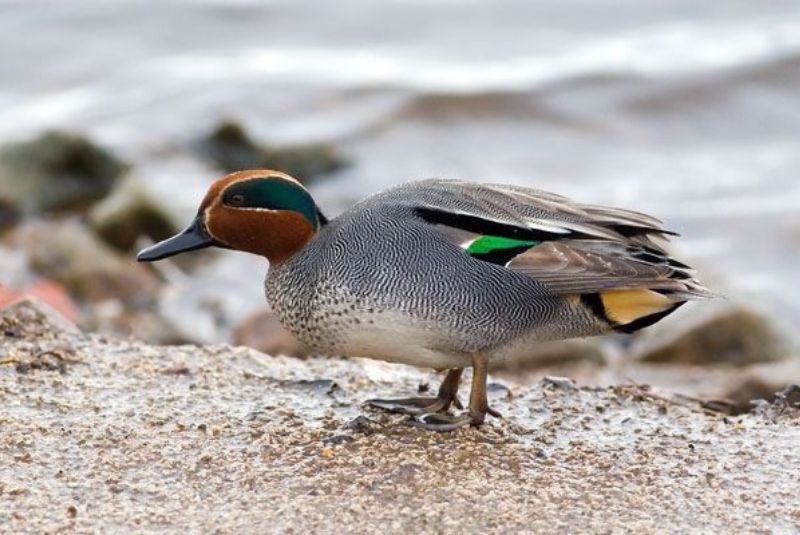
Birdwatchers will find Kavir National Park an absolute delight. The park serves as a seasonal habitat for numerous migratory bird species, attracting flocks of flamingos, Ruddy shelducks, Mallards, Eurasian teals, and various geese and ducks during the winter months. These birds grace the park's dams and surrounding rivers, adding a vibrant touch to the desert landscape. Over the years, the park has also been home to partridges, Iranian ground jays, bustards, sparrows, finches, larks, and swallows, creating a symphony of avian diversity.
The Reptiles and Birds of Prey of the Park
The skies above Kavir National Park become a canvas painted with majestic birds of prey, including the golden eagle, Circinae, Common buzzard, falcon, Peregrine falcon, and Common kestrel. Additionally, reptile enthusiasts may encounter desert-adapted species, from lizards to snakes, further enriching the park's biodiversity.

The Unique Plant Species of the Park
In addition to its impressive animal life, Kavir National Park is home to a unique array of plant species that have evolved to thrive in the arid environment. With approximately 355 identified plant species, including 20 native varieties, the park showcases flora that has adapted to the scarcity of water and the high salinity of the soil. Many of these plants boast small leaves and thorns as adaptations to survive in the desert climate. In the plains, visitors can spot Mugworts, while valleys and stony foothills host the Atraphaxis. Around springs, Tamarisk, Lycium ruthenicum, and common reed thrive, while Prunus argentea, Rockspray, and Pistacia khinjuk bushes are found in the foothills.
What makes exploring the flora and fauna of Kavir National Park fascinating is observing the interconnectedness of these species within this unique ecosystem. The delicate balance between the plants, animals, and the environment highlights the importance of preserving this natural habitat.
Visitors to the park are not only treated to the sight of these magnificent creatures but also gain insight into the intricate web of life that sustains the desert ecosystem. It's a reminder of the delicate harmony that exists within nature and the necessity to protect these habitats for generations to come.
| Discover: Iran's Nature
Kavir National Park Historical Tourist Attractions
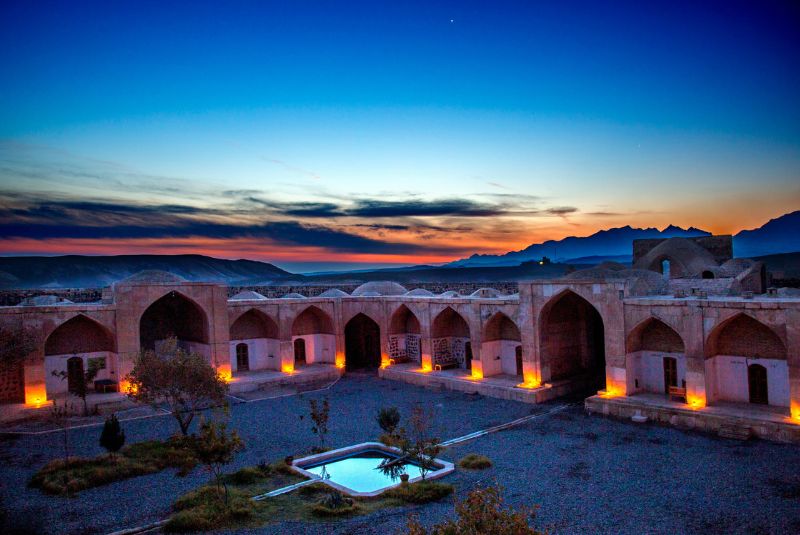
Kavir National Park not only boasts stunning natural landscapes but also holds historical treasures that captivate visitors, offering a glimpse into Iran's rich cultural heritage. Scattered within and near the park are historical sites that speak volumes about the region's illustrious past.
- The Caravanserais: One of the most fascinating aspects of exploring Kavir National Park is discovering its historical landmarks. Among these are the caravanserais, ancient resting points for travelers along trade routes. These structures, such as the Deyre Gachin Caravansary and Bahram Palace, not only served as shelters but also acted as hubs for cultural exchange and commerce during the ancient era. Each of these remnants tells stories of ancient travelers, their adventures, and the significant role these structures played in connecting civilizations.
- The Aqueducts: Another historical marvel within or near the park is the presence of ancient aqueducts and ruins. The stone aqueduct known as Siah Koh, which once supplied water to Bahram Palace, stands as a testament to the architectural prowess of ancient civilizations.
- The Ruins: The ruins of Haremsara building, Safid Ab, Lekab caravanserais, and the Qiloqe water storage offer insights into the bygone eras, inviting visitors to step back in time.
- The Cobblestone Roads: One can't miss the significance of cobblestone roads in the park's historical narrative. These roads, remnants of the past, were vital in facilitating trade and travel across the challenging terrains of swamps and salt marshes. They served as lifelines for caravans navigating the harsh desert landscapes, contributing to the region's historical and cultural significance.
For nature enthusiasts and history buffs alike, Kavir National Park holds immense tourism potential. Its combination of natural beauty and historical richness offers a unique experience. Visitors can immerse themselves in nature's embrace while exploring the vestiges of ancient civilizations. The park's tourism offerings cater to hikers, wildlife enthusiasts, and those passionate about cultural exploration, making it a haven for diverse interests.
| Read about: Caspian Hyrcanian Forests
Exploration Tips and Recommendations
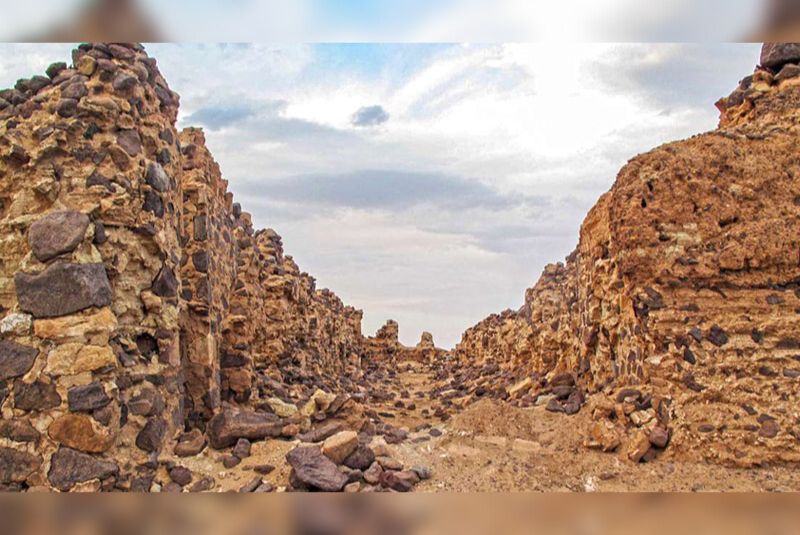
When planning a trip to Kavir National Park, ensuring a smooth and enjoyable experience starts with understanding practical considerations. Here are some tips and recommendations for exploring the park:
- Choose the best route for accessing the park. Routes via Varamin, Pishwa, or Garmsar provide access to different parts of the park, so researching and selecting the most convenient entry point is advisable.
- Equip yourself adequately for the desert climate. The essentials include sufficient water, a sturdy vehicle suitable for desert terrain, extra fuel, a well-stocked first aid kit, sunscreen, a hat, and sunglasses.
- Respect the natural habitat and adhere to safety guidelines. Stay on marked trails and avoid risky paths. Be aware of your surroundings, stay hydrated, and know emergency protocols.
- Join organized tours for a more immersive and informative experience. Local guides provide valuable insights into the park's history, flora, and fauna, enriching the visit. Moreover, these tours often ensure safer exploration and access to otherwise restricted areas within the park.
- Pay the Kavir national park entrance fee at the guard station. This fee contributes to the park's maintenance and conservation efforts, supporting the preservation of its natural splendor.

Finally!
Kavir National Park in Iran is a testament to the awe-inspiring beauty and ecological significance of our natural world. Its sprawling landscapes, from deserts to mountains, house a remarkable diversity of wildlife and unique plant species, painting a breathtaking tableau of nature's wonders.
Exploring Kavir National Park isn't just about witnessing its stunning vistas; it's about immersing oneself in an ecosystem that has endured through time, offering a glimpse into the delicate balance of life in the desert. The park not only serves as a refuge for endangered species like the Asiatic cheetah but also acts as a living laboratory for researchers and nature enthusiasts alike.
For travelers seeking an unforgettable adventure, Kavir National Park beckons with its alluring blend of history, culture, and natural splendor. It's an invitation to discover the untamed beauty of the desert, to tread lightly upon its ancient paths, and to witness the resilience of life in a seemingly harsh environment.
Share your story!
Comment below and let us know about your Experience.
Your story inspires others!


Comment
Leave a Comment